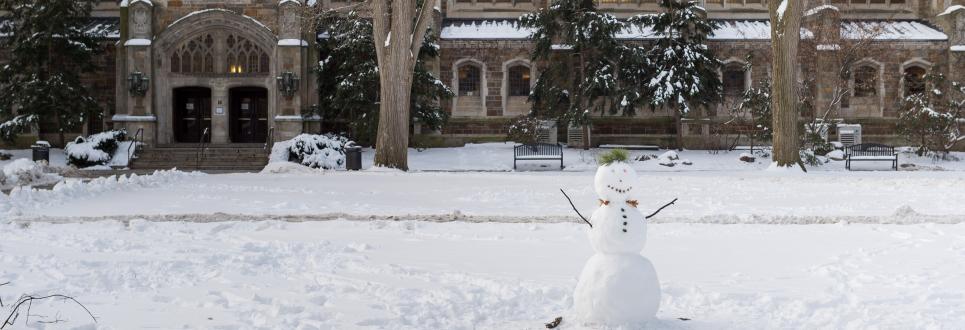Federal Work-Study & Other Jobs


Working in college can make a significant contribution toward meeting your college costs. And having a job while in school or during the summer may help prepare you for life after college, as well.
The U-M Student Employment Office serves all students, whether or not you qualify for federal Work-Study employment. Jobs are available on the U-M campus and in the surrounding communities for Work-Study students and for those who do not qualify for the Work-Study program.
Given the University of Michigan's academic reputation, many families assume that it is unwise for students to work during the academic year. However, studies show that students who work a modest number of hours per week will, on average:
In many cases, working students become better organized and manage their time better. Employment also exposes students to more mentor-type relationships and increases interactions with professionals in a variety of fields.
Federal Work-Study is a financial aid program for students who have financial need. The program funds part-time jobs for undergraduate and graduate students, allowing students to earn money to help pay educational expenses. Under the Work-Study program, a percentage of students’ earnings is paid through federal funds, with the remainder paid by the student's employer. Because of this, many qualified employers are eager to hire Work-Study students.
Here’s how it works:
America Reads is one example of a campus employer that hires and trains U-M students with Work-Study to tutor at-risk, struggling readers in grades K-3. The goal of America Reads is to see that every American child can read independently by the third grade. For more information, see the America Reads website.
The chart below shows how many hours a week a student will need to earn basic Work-Study funding amounts during the academic year (approximately 30 weeks). The rate of pay ($15/hour) is based on the current minimum hourly rate for temporary employment positions at the university.
| Work-Study Funding Amount | Hours Worked per Week to Earn the Funding (at $15/hour) |
| $3,000 | 6.25 |
| $2,500 | 5.2 |
Students who do not have Work-Study can still find jobs — the university and Ann Arbor communities enjoy an active employment market. On campus, the university library system and the Housing Information Office are frequently in search of good employees — and these are just two of the many departments employing students who do not have Work-Study. See the Student Employment Office website for temporary (non-Work-Study) job listings.
Students who want to work at U-M or with a university-approved off-campus employer must first complete the online Student Employment Application on Wolverine Access. Select "Student Employment Application" from the Self-Service menu. For answers to questions about the Student Employment Application, contact U-M Human Resources.
After completing the application, check out the U-M Student Employment Office's job search website to find jobs that interest you. You can conduct searches for Work-Study as well as non-Work-Study positions, view listings, and apply for jobs online. Special search tools enable you to view jobs by type. For example, the most recently posted jobs or jobs that have a community service component.
Once you have been offered a job, you must complete the following forms to be officially hired and to get paid. For more information on how to complete these forms online, see the Human Resources website:
If you have a Work-Study job, update your address and direct deposit information regularly to make sure you get paid on time.
The summer months are an ideal time to work and save for the coming year's expenses. Working and saving during the summer can reduce the need to work during the academic year. If you live away from home during the summer, living expenses will reduce your savings and increase your college costs.